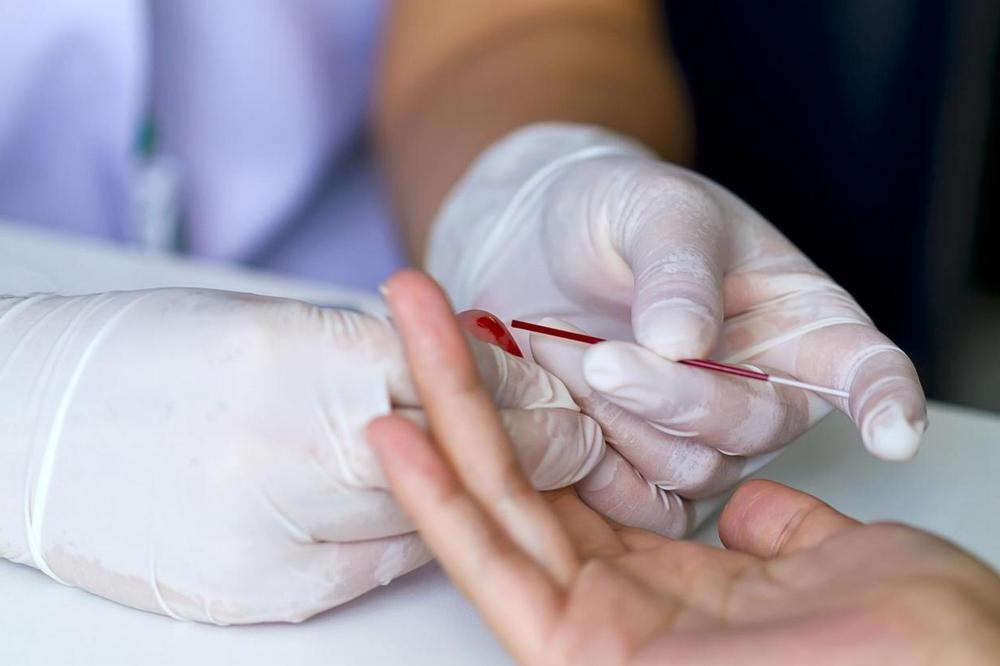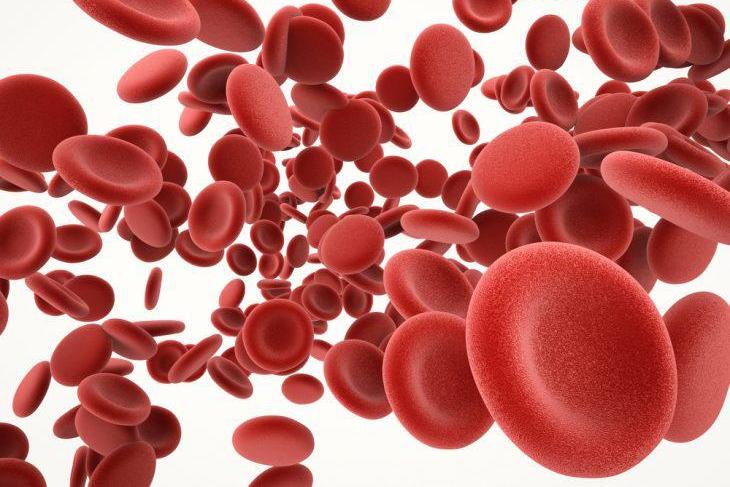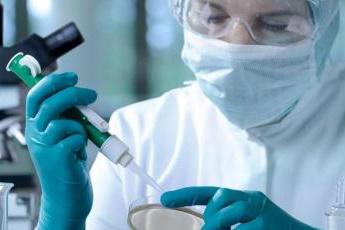Laboratory of Biochemistry



Major research areas
Interdisciplinary metabolomic, genomic, transcriptomic and proteomic research to study new therapeutic targets in various conditions.
Ongoing research
New high-resolution mass spectrometer system maXis impact (Bruker, Germany) allowed conducting research in metabolomic analysis. This system belongs to the quadrupole time-of-flight mass spectrometers using electrospray ion source. In tandem with an ultra-high-performance liquid chromatography system, it allows the analysis of low molecular weight compounds of various origin without preliminary derivatization and is ideal for survey metabolomics.
A metabolome is a complete set of low molecular weight compounds (less than 2000 Da). The metabolome is the end product of all biochemical processes and its change is the body's response to internal and external factors. This approach allows studying metabolic changes both at the whole organism level during in vivo experiments and biological analysis and in in vitro cell models.
In the first case, the research target is a biological object: blood components (plasma, serum), cerebrospinal fluid or urine. The environment, microbiota and dietary differences significantly contribute to the metabolic profile. In the second case, cell cultures allow studying disorders at a finer level.
The specialists of the Laboratory develop and improve the methods of chromatography/mass spectrometric analysis of low-molecular compounds with further data processing using bioinformatic approaches. It is necessary to use special software to compare samples and identify differences between groups and to find metabolic pathways involved in the homeostasis processes since the result of one analysis routine is a set of 1000 to 5000 signals with a unique mass and retention time.
Participation in State Assignments
Since 2018, the Laboratory of Biochemistry has been actively involved in the development and implementation of various topics for state assignments:
- Testing the effects of the combined use of periodic pneumatic compression and programmed electrical myostimulation for arterial blood flow disorders in the extremities (supervised by A. Krutikov)
- Circulating microparticles as endogenous carriers of nucleic acids in the pathogenesis of inflammatory and ischemic conditions of cardiovascular system (supervised by A. Fedorov)
- Development of automated DSS for the management of amiodarone-induced thyrotoxicosis.
The specialists of the Laboratory have developed and tested a method for determining amiodarone and its main metabolite desethylamiodarone in blood plasma. The concentration ratio of the drug and its metabolite can be used as a potential marker for early diagnosis of thyrotoxicosis.
Grants
- Grant of the Russian Science Foundation No. 19-73-00135 “Proteomic approach in the cultural property studies” (supervised by Ya. Dubrovsky, 2019 — 2021)
- Grant of the Russian Foundation for Basic Research No. 19-29-01066 “Analysis of big unstructured data for assessment system of recovery prognosis in integrative brain function and new treatments for impaired consciousness – a combination of loss and new pathological body integration” (supervised by E. Kondratyeva, 2019 — 2021)
As part of the grant, the specialists are searching for low-molecular and prognostically significant markers of the brain functional state.
Babakov V.N., Dubrovskii Y.A., Shreiner E.V., Keltsieva O.A., Sukhodolov N.G., Podolskaya E.P., Shilovskikh V.V., Zorin I.M., Zenkevich I.G., Selyutin A.A. Application of lanthanum stearate monolayers as a metal-affinity sorbent for the selective sorption of soman adducts to human serum albumin. Talanta. 2019. Т. 195. С. 728-731. IF 5,339. Режим доступа: https://www.sciencedirect.com/science/article/pii/S0039914018312554.
Dubrovskii Y., Solovyev N., Murashko E., Chuprina O., Beltyukov P., Radilov A., Babakov V. Mass spectrometry based proteomic approach for the screening of butyrylcholinesterase adduct formation with organophosphates. Talanta. 2019. Т. 197. С. 374-382. IF 5,339. Режим доступа: https://www.sciencedirect.com/science/article/pii/S0039914019300591.
Popova P.V., Vasileva L.B., Tkachuk A.S., Puzanov M.V., Bolotko Y.A., Pustozerov E.A., Gerasimov A.S., Zazerskaya I.E., Li O.A., Vasileva E.Yu., Kostareva A.A., Dmitrieva R.I., Grineva E.N. Association of tribbles homologue 1 gene expression in human umbilical vein endothelial cells with duration of intrauterine exposure to hyperglycaemia. Genetical Research. 2018. Т. 100. С. e3. IF 4,015. Режим доступа: https://pubmed.ncbi.nlm.nih.gov/29502537/.
Abzianidze V.V., Beltyukov P.P., Dubrovskii Y.A., Kuznetsov V.A., Zakharenkova S.A., Trishin Y.G., Moiseeva N.I., Polukeev V.A., Mejia J.E., Holder A.A. Towards lead compounds as anti-cancer agents via new phaeosphaeride a derivatives. Bioorganic & Medicinal Chemistry Letters. 2019. Т. 29. № 1. С. 59-61. IF 2,572. Режим доступа: https://www.sciencedirect.com/science/article/pii/S0960894X1830859X.
Popova P.V., Vasilieva L.B., Tkachuk A.S., Puzanov M., Golovkin A.S., Bolotko Y., Pustozerov E.A., Vasilyeva E., Li O., Zazerskaya I.E., Dmitrieva R.I., Kostareva A.A., Grineva E.N. A randomised, controlled study of different glycaemic targets during gestational diabetes treatment: effect on the level of adipokines in cord blood and angptl4 expression in human umbilical vein endothelial cellsinternational. Journal of Endocrinology. 2018. Т. 2018. С. 6481658. IF 2,18. Режим доступа: https://pubmed.ncbi.nlm.nih.gov/29861725/.
Puzanov M.V., Vasilyeva L.B., Dmitrieva R.I., Popova P.V., Grineva E.N. New approach to cryopreservation of primary noncultivated human umbilical vein endothelium in biobanking. Biopreservation and Biobanking. 2018. Т. 16. № 2. С. 114-119. IF 1,362. Режим доступа: https://pubmed.ncbi.nlm.nih.gov/29363992/.
